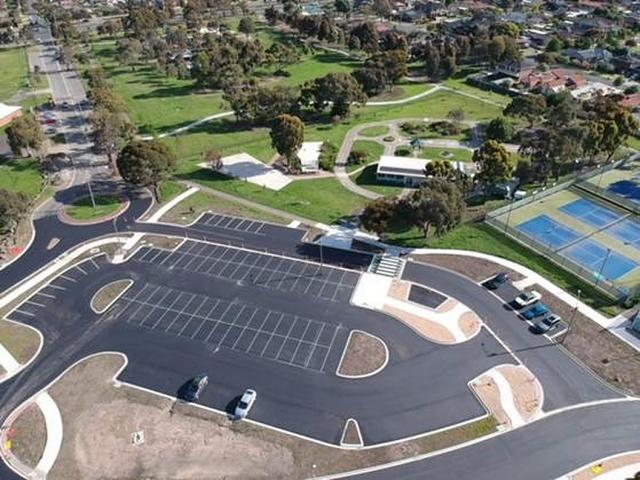Victoria University hopes to launch a new system to get a better picture of drug abuse in the west by the end of the year.
Associate Professor Craig Fry said anecdotal evidence showed methamphetamine – or “ice’’ – use was increasing, but it was not the only problem.
“Meth users are quite visible; meth gets attention,” he said.
“It’s a stimulant which can lead to violent and psychotic outbursts. Over-the-counter pill-popping is also a worry, but the main problem is still alcohol, cannabis and heroin. In areas like Hobsons Bay and Brimbank, they’re still higher up the list.”
Associate Professor Fry said present research of drug abuse was too “metro- focused’’.
A Victoria University report found monitoring was focused on Maribrynong and there was limited information on emerging patterns across the broader western region.
“This means we have almost no understanding of the individual and community impacts of emerging trends across the region,” the report said.
Professor Fry said the new system would provide an “up-to-date, comprehensive” snapshot. “It’s this lack of evidence that is holding back appropriate action.’’
Professor Fry is convenor of the new Western Alcohol and Other Drug Health Research Network, which brings together researchers and practitioners across the west.
Victorian Alcohol and Drug Association chief executive Sam Biondo welcomed VU’s plans but said transparency was key.
“Response systems are slow to update due to a lack of information. Hopefully it’s open and transparent and shared among researchers.
“Currently it’s all done anecdotally without pinpoint accuracy. It needs to be open, transparent … building a holistic system – not one that further fragments the system.”
Western Metropolitan Greens MP Colleen Hartland said drug use was often inappropriately treated as taboo or simply a criminal matter.
“The growing illicit drug market demonstrates that the current approach to drugs hasn’t been working and it’s resulting in terrible health and social effects,” she said.
“This research will help paint a clearer picture of what this looks like in the western suburbs and how we can better address this important health issue.”






